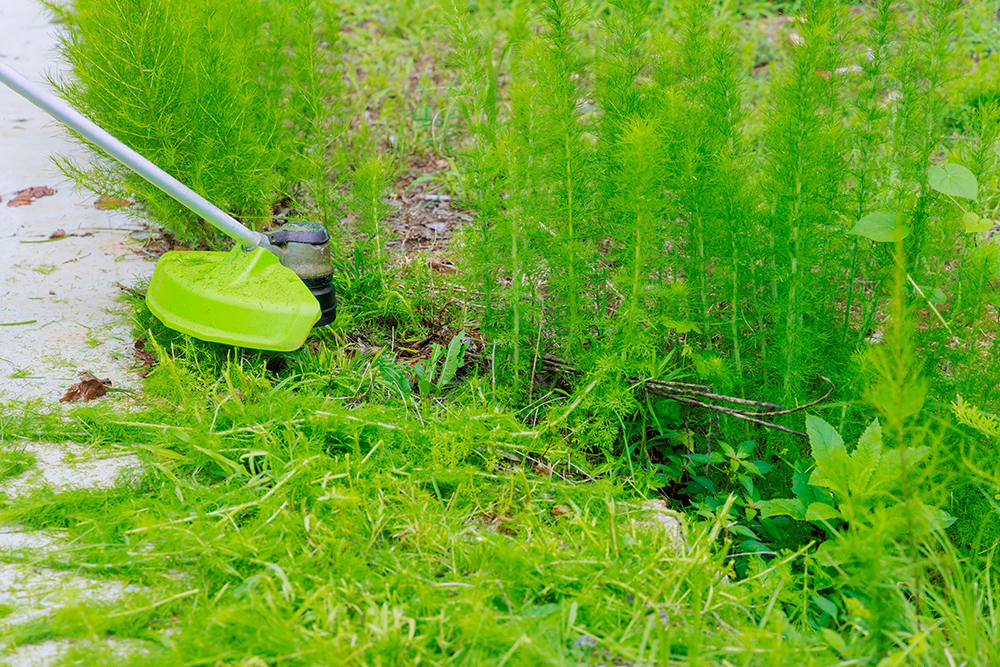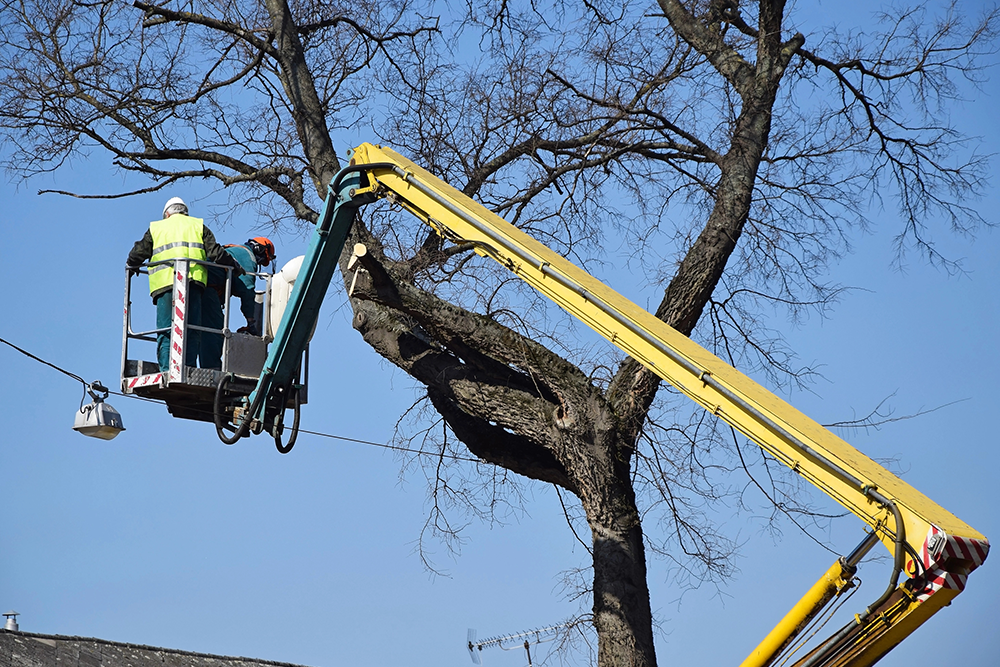5 Reasons To Invest In Integrated Vegetation Management

Vegetation management plays a notable role in the maintenance of utility infrastructure, especially when it comes to protecting power lines and equipment. Integrated Vegetation Management (IVM) represents a holistic approach to managing vegetation in and around utility rights-of-way (ROW).
This system uses a combination of mechanical, chemical, and cultural control methods to manage plant growth. It guarantees the reliability and safety of the infrastructure. IVM is more than just a method for controlling unwanted plants—it is an investment in safety, efficiency, and sustainability.
Improved Safety and Reduced Risk of Outages
One of the primary reasons to invest in integrated vegetation management is the improvement in safety. Overgrown trees and brush can create significant hazards. They can fall onto power lines, causing outages, fires, or even severe injuries.
In areas prone to wildfires, vegetation near power lines can fuel fires and put entire communities at risk. IVM helps mitigate these risks by systematically controlling vegetation near utility infrastructure. It reduces the chances of these hazardous situations.
When vegetation is managed properly, utility companies can avoid costly disruptions and guarantee the public’s safety. A licensed contractor experienced in IVM can assess potential hazards and deploy a targeted vegetation management strategy. This strategy includes using herbicides, pruning, and mowing to manage the growth of potentially dangerous plants.
Cost-Effectiveness Through Long-Term Solutions
Effective vegetation management can be a significant investment upfront. However, the long-term savings outweigh the costs. IVM can save utilities a substantial amount of money in the future by reducing the need for emergency interventions, costly repairs, and unplanned downtime.
Moreover, the combined use of mechanical, chemical, and cultural management practices makes sure that the treatment is both effective and affordable.
For example, selective herbicide treatments, as part of an IVM program, can reduce the frequency of expensive mechanical mowing while maintaining the integrity of the ROW. A licensed contractor trained in IVM can design a cost-efficient plan tailored to a utility’s needs. They deliver the right balance between cost and effectiveness.
Enhanced Biodiversity and Environmental Benefits
Integrated Vegetation Management also plays a significant role in promoting biodiversity and environmental health. Instead of clear-cutting or indiscriminately removing vegetation, IVM focuses on maintaining ecosystems and enhancing wildlife habitats. This method not only controls the growth of unwanted plants but also fosters the development of native vegetation, which supports local wildlife.
For example, IVM helps restore areas affected by invasive species. IVM allows native species to thrive by controlling these non-native plants. This will contribute to improved ecosystem health.
Some IVM strategies even encourage the development of pollinator habitats. These are vital for biodiversity. This focus on sustainability allows utilities to manage vegetation in a way that benefits the environment while meeting their operational needs.
Compliance With Regulatory Requirements
In many regions, there are strict regulations regarding vegetation management for utility companies, especially when it comes to minimizing wildfire risk and protecting endangered species. Integrated Vegetation Management allows utilities to meet these regulatory standards effectively.
With a combination of methods like selective herbicide applications and mechanical treatments, IVM can comply with environmental regulations. Meanwhile, it is still effective in reducing vegetation-related hazards.
Regulatory bodies often require that utilities reduce vegetation in a way that minimizes environmental impact. IVM supports these goals by allowing for targeted treatments that meet legal requirements. It also fosters healthier landscapes.
Working with a licensed contractor makes sure that all treatments are performed according to the latest guidelines and regulations. This helps avoid legal complications and fines.
Greater Efficiency and Precision in Vegetation Control
Traditional vegetation management practices often involve broad, blanket treatments, such as widespread mowing or clear-cutting. These methods can be inefficient, damaging to the environment, and costly.
On the other hand, Integrated Vegetation Management emphasizes precision. With techniques like selective herbicide applications, IVM targets specific areas where vegetation poses a risk. This precision reduces waste, minimizes environmental damage, and confirms that resources are used where they are most needed.
IVM also allows for better scheduling and coordination of maintenance activities. With regular monitoring and assessments, utility companies can address problems early before they become significant risks. This proactive approach increases the overall efficiency of vegetation management efforts. It reduces the time and cost involved in managing utility ROWs.
Coleman Environmental Engineering, LLC specializes in tree inspection, tree pruning, and vegetation management services tailored to the specific needs of utility companies. Our team of experts works with you to design customized integrated vegetation management plans that balance safety, sustainability, and cost efficiency.
With our knowledge and experience, we help your infrastructure remain secure and operational. We also promote environmental health and maintain compliance with regulatory requirements.
Explore our project and contact us to learn how we can support your infrastructure needs.

